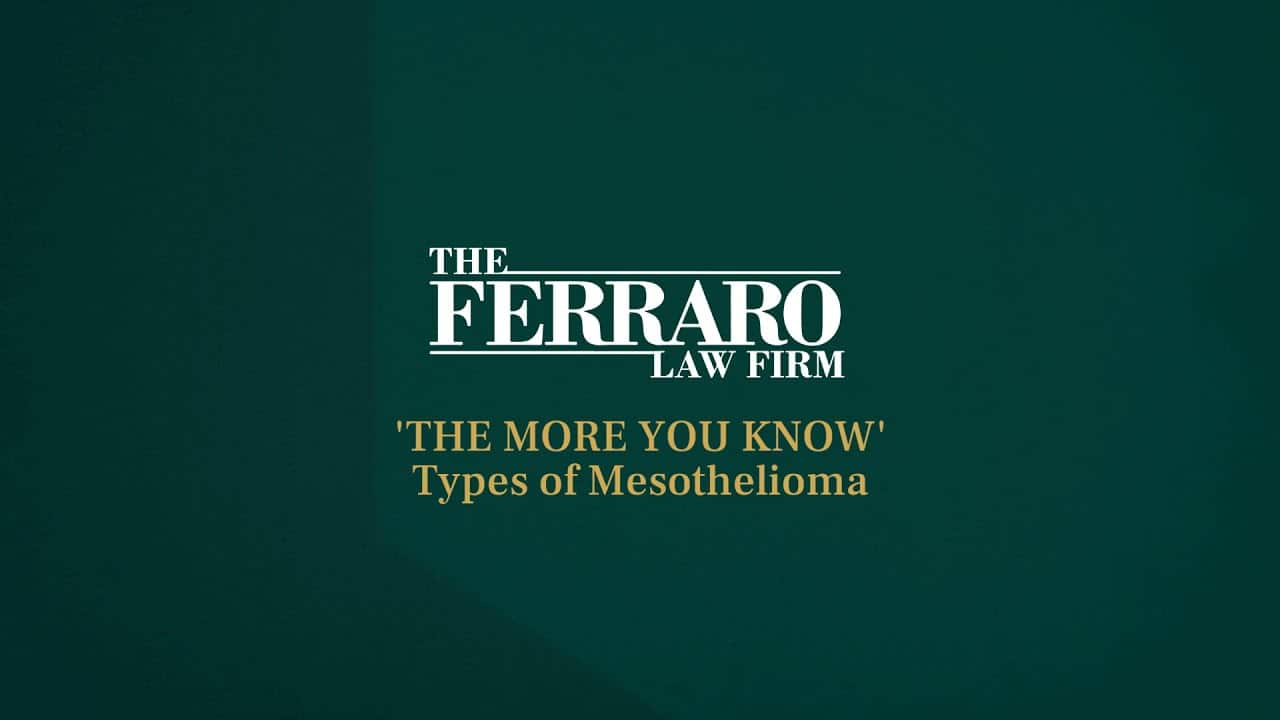If you were seriously injured, remember that it is crucial to choose the right law firm to represent your interests. We have been doing this for more than three decades, and have the resources you need to challenge any opponent.
Cities At Risk of Asbestos Exposure: Dallas, Minneapolis, and Omaha
Asbestos exposure, which can lead to the incurable cancer mesothelioma, can be devastating to many Americans. And because the disease is so deadly, and because it is typically diagnosed decades after asbestos exposure, linking the cancer to the responsible party and making a recovery can be a complex process.
Mesothelioma Lawyers are writing a continuous blog on the main cities across the country outlined by the Centers for Disease Control and Prevention as being at risk for asbestos exposure.
These 28 sites were either plants or mines for processing vermiculite, a natural mineral that often contains asbestos. At the beginning of the 20th Century and leading up to the 1990s, many cities across the United States had operations that either mined vermiculite or shipped it out to be processed. And while the United States has never officially banned asbestos, most companies no longer use it because of the associated health risks and liability.
It has been used for decades to insulate houses and businesses, to form ceiling and floor tiles and the United States military was once one of the largest buyers of asbestos-based products. Exposure typically occurred through inhaling microscopic fibers that get into a person’s bloodstream and eventually line the wall of major organs, such as the liver, lungs and heart. The fibers incubate for as long as 30 or 40 years before someone can be diagnosed with an asbestos-related disease.
This series of blogs highlights the areas where asbestos was most prevalent and whether today there are still risks to people living nearby. But people who were exposed to asbestos even decades ago and people who may have washed their clothes or lived with them could also be at risk. A vermiculite mine in Libby, Montana was responsible for producing 70 percent of the country’s contaminated vermiculite from 1919 to 1990 and thousands of people have fallen ill and died in that town due to asbestos exposure and mesothelioma.
Mesothelioma in Dallas: This W.R. Grace & Company/Texas Vermiculite site operated from 1953 to 1992, according to the CDC.
In those 40 years, the site received and processed more than 396,900 tons of asbestos-contained vermiculite. The vermiculite was then “popped” or exfoliated and used to produce horticultural products for commercial growers and private consumers. According to researchers, the buildings on the 4-acre lot of land were demolished in 2001 or 2002.
In 1990, nearly 7,200 people lived within a mile of the site. Federal authorities believe that former workers, their families and also the public who lived near the Manila Road site were at risk for asbestos exposure.
Mesothelioma in Minneapolis: Ore from the Libby mine was shipped to and processed at the Western Mineral Products plant located in Minneapolis. From 1938 to 1989, the plant received tons of the natural minerals
After being exfoliated, left over ore was known as “crush rock” or “stoner rock” was left in piles outside the plant. People would use it in their gardens, driveways and yards and children would play in piles of it. Officials now know that the rock was contaminated with asbestos and put people at risk for asbestos-related illnesses.
Cleanup at the plant was completed in 2001 and the United States Environmental Protection Agency has been removing visible asbestos in yards at no cost to the homeowner.
Mesothelioma in Omaha: This Western Mineral Products site operated from 1940 to 1989. According to researchers, the plant processed more than 166,000 tons of vermiculite when it was operational.
According to 1990 U.S. Census numbers, about 120 people lived within a mile of the plant. The area was mainly commercial and industrial. The building formerly used to process vermiculite is used by a gutter company and an archery club. A meat packing company is located across the street.
The Ferraro Law Firm provides extensive legal services, including cases related to asbestos exposure and mesothelioma lawsuits.
Table of Contents
Frequently Asked Questions: Mesothelioma & Asbestos
What is asbestos?
Why is asbestos dangerous?
What are asbestos-related diseases?
What causes mesothelioma?
What are the different types of mesothelioma?
What are common mesothelioma symptoms?
Do I qualify for compensation if I have mesothelioma?
What is the life expectancy for someone with mesothelioma?
Do I qualify for compensation if I have mesothelioma?
Contact The Ferraro Law Firm at (888) 554-2030 to explore your legal options with our knowledgeable legal team.






